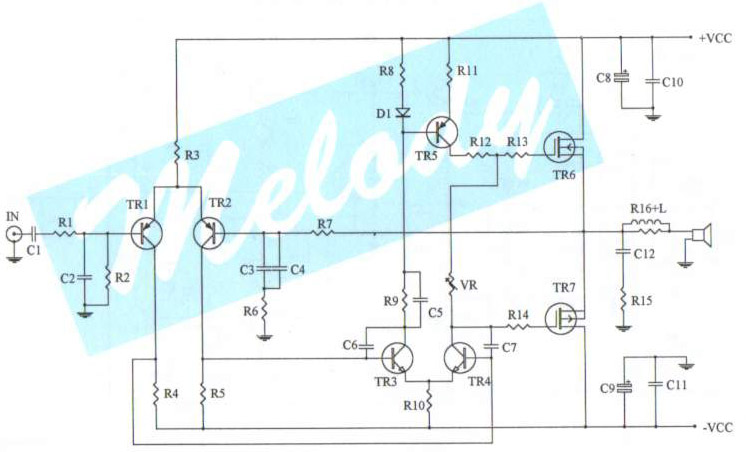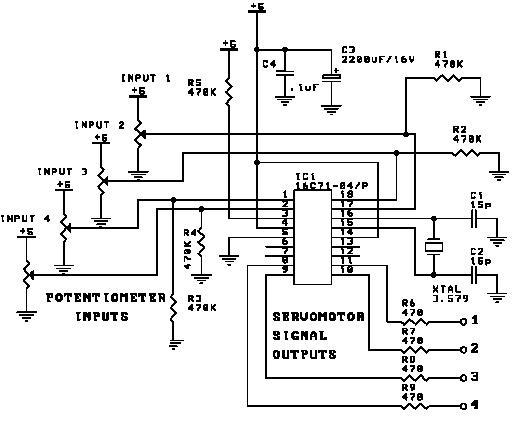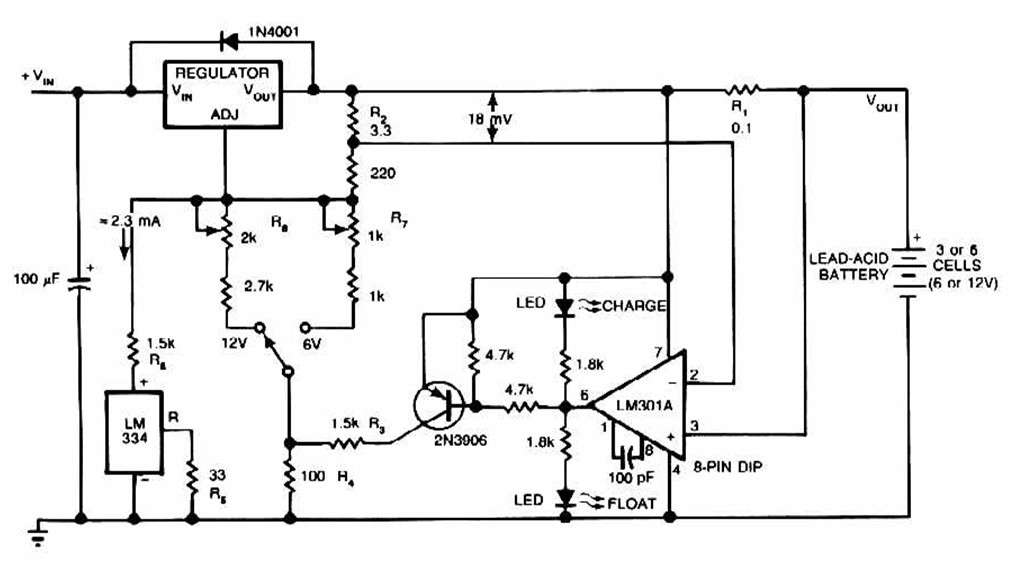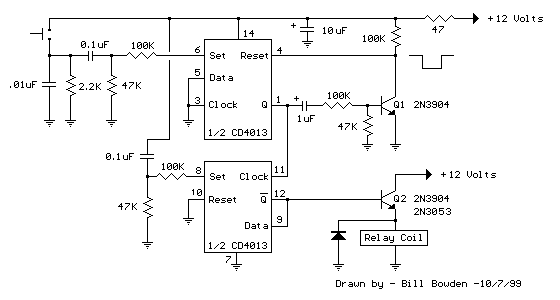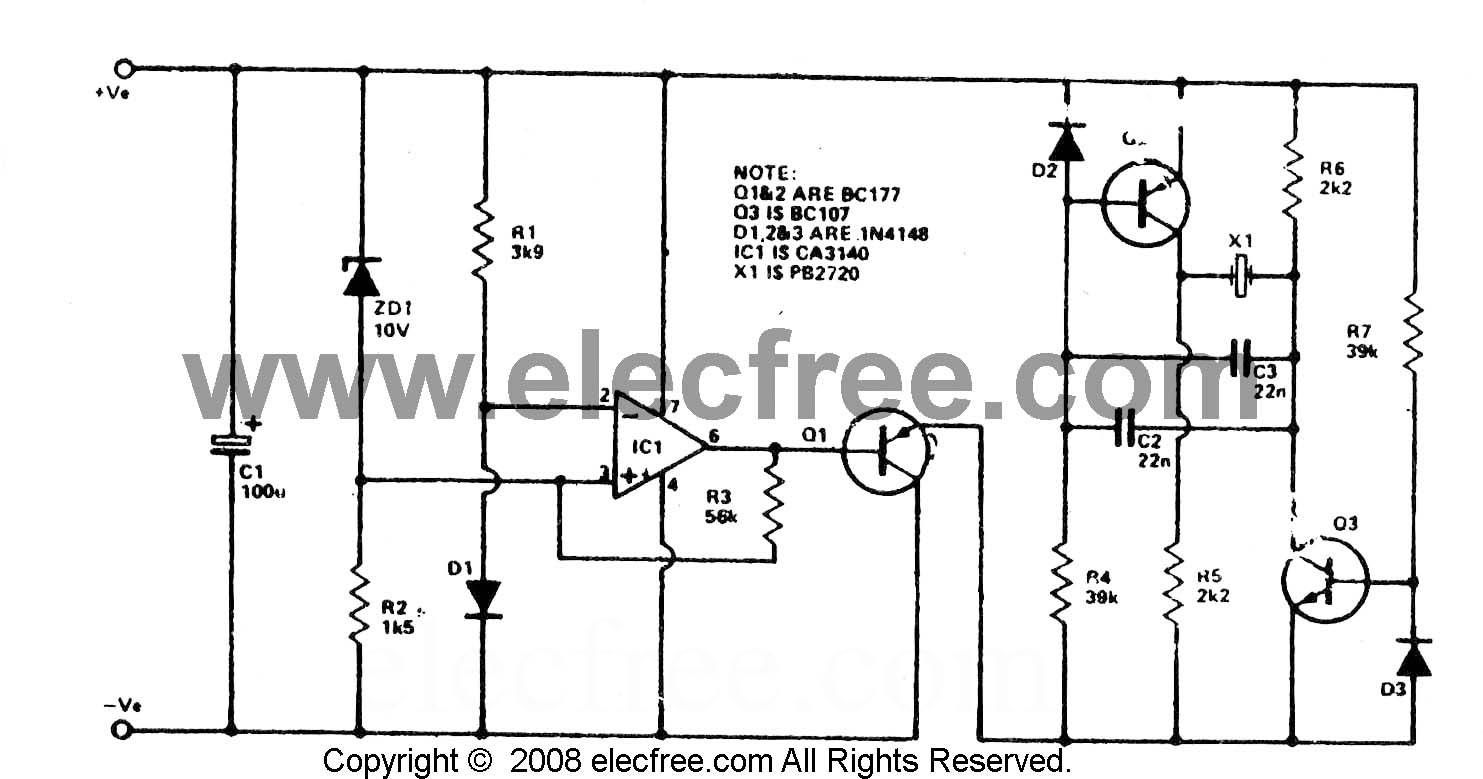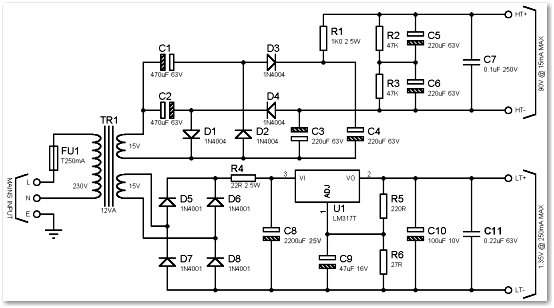
Simple but reliable car battery tester
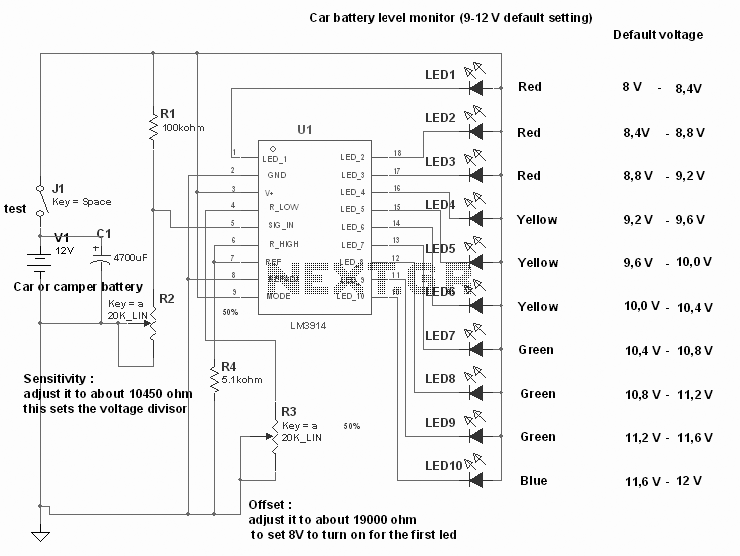
A simple yet reliable car battery tester circuit diagram. This circuit utilizes the popular and easily accessible LM3914 integrated circuit (IC). The LM3914 is straightforward to operate, does not require external voltage regulators due to its built-in voltage regulator, and can be powered from almost any voltage source.
The car battery tester circuit based on the LM3914 IC is designed to provide a visual representation of the battery's voltage level. The LM3914 is a bar graph/LED dot display driver that can drive up to ten LEDs in either a bar graph or dot mode, making it an ideal choice for indicating battery voltage levels.
To construct the circuit, the LM3914 is connected to a series of LEDs, which will light up according to the voltage level of the battery being tested. The circuit requires minimal components, including resistors for current limiting and a power supply that can range from 4.5V to 12V, which aligns well with standard automotive battery voltages.
The input voltage is applied to the LM3914, which translates the analog voltage into a corresponding number of lit LEDs. For instance, a fully charged car battery typically shows around 12.6V to 12.8V, while a battery in a discharged state may drop below 12V. The circuit can be calibrated to provide accurate readings by adjusting the reference voltage and using appropriate resistor values.
This battery tester is particularly beneficial for automotive applications, providing quick and reliable voltage readings to help diagnose battery health and performance. The simplicity of the circuit, combined with the availability of the LM3914, makes it an excellent project for both amateur and professional electronics enthusiasts.Simple but reliable car battery tester Circuit diagram This circuit uses the popular and easy to find LM3914 IC. This IC is very simple to drive, needs no voltage regulators (it has a built in voltage regulator) and can be powered from almo..
🔗 External reference
The car battery tester circuit based on the LM3914 IC is designed to provide a visual representation of the battery's voltage level. The LM3914 is a bar graph/LED dot display driver that can drive up to ten LEDs in either a bar graph or dot mode, making it an ideal choice for indicating battery voltage levels.
To construct the circuit, the LM3914 is connected to a series of LEDs, which will light up according to the voltage level of the battery being tested. The circuit requires minimal components, including resistors for current limiting and a power supply that can range from 4.5V to 12V, which aligns well with standard automotive battery voltages.
The input voltage is applied to the LM3914, which translates the analog voltage into a corresponding number of lit LEDs. For instance, a fully charged car battery typically shows around 12.6V to 12.8V, while a battery in a discharged state may drop below 12V. The circuit can be calibrated to provide accurate readings by adjusting the reference voltage and using appropriate resistor values.
This battery tester is particularly beneficial for automotive applications, providing quick and reliable voltage readings to help diagnose battery health and performance. The simplicity of the circuit, combined with the availability of the LM3914, makes it an excellent project for both amateur and professional electronics enthusiasts.Simple but reliable car battery tester Circuit diagram This circuit uses the popular and easy to find LM3914 IC. This IC is very simple to drive, needs no voltage regulators (it has a built in voltage regulator) and can be powered from almo..
🔗 External reference
